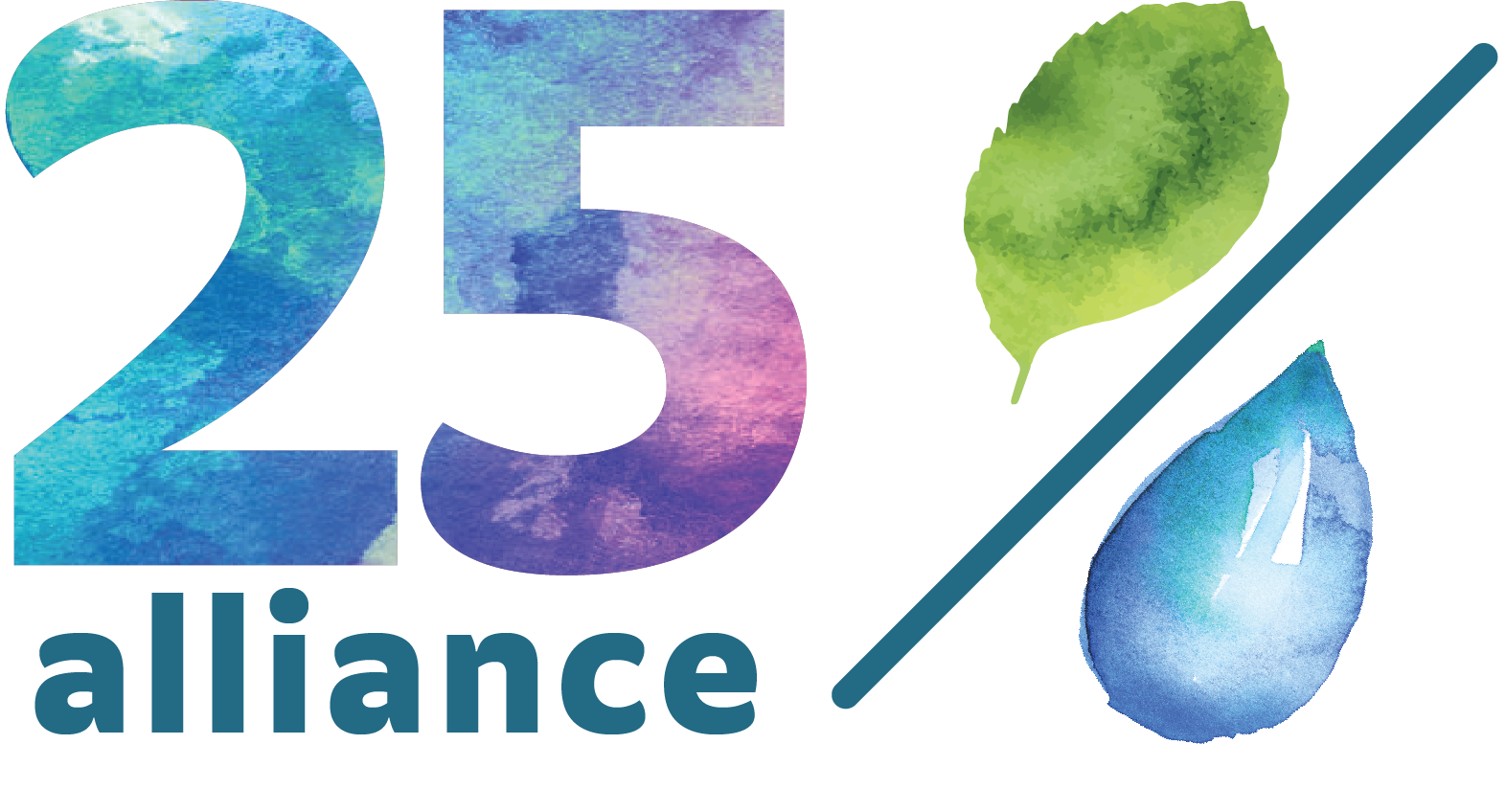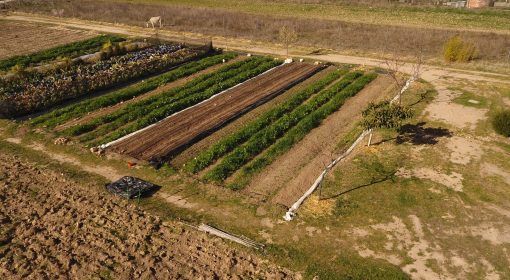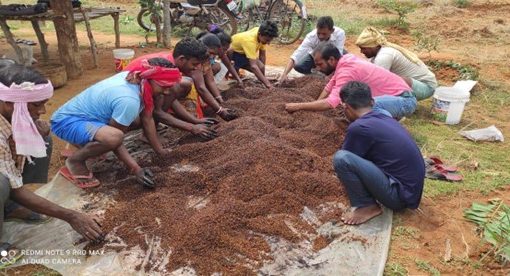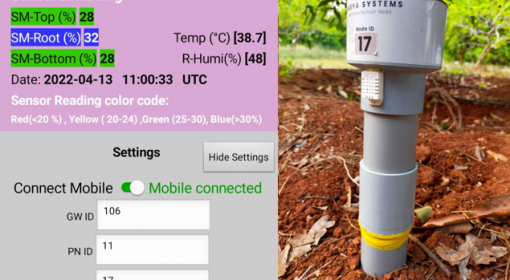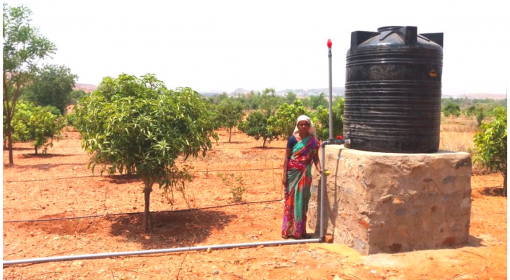The key to better water productivity is often not through managing water as such but by taking better care of soil moisture. There is a range of techniques that promote this – conservation agriculture, mulching and the use of special soil improvers. These techniques secure moisture for the roots of the plants in the critical growing season, but they do more. They may create a better environment for soil biota – enhancing their efficacy in fixing nitrogen and improving natural fertility. A soil that is moist moreover regulates soil and air temperature and prevents heat shocks.
One may also improve soil moisture retention by using special polymers that absorb water and slowly release it, creating a water buffer in the rootzone of plants.
One such technique is the water pad. Waterpads consist of a water absorbing and water holding gel (stockaborb) that ensures an efficient use of water and nutrients, leading to healthier and stronger plants. The plant roots grow into the gel and the gel slowly release water and nutrients to the plant when it needs them. The polymers are held in place by a layer of paper and jute.

The Polymers that are used in the Waterpads have a 70 – 200 weight retention capacity. They can be applied to:
- Broadcast and blended into the top soil (10-15cm depth)
- Banded application in crop rows or furrows
- Greenhouse application, i.e. blending into plant substrates
- Application at transplanting of trees
- Application on established trees or shrubs by subsurface injection
This has been introduced in Turkey in the environment of greenhouses with the assistance of the Securing Water for Food Program. The results so far have been promising. The waterpads improve water productivity at ‘both ends’ – they reduce the intake of water and increasing yields. They have other benefits: more effective uptake of fertilizers and keeping the soil drier, reducing the incidence of diseases.
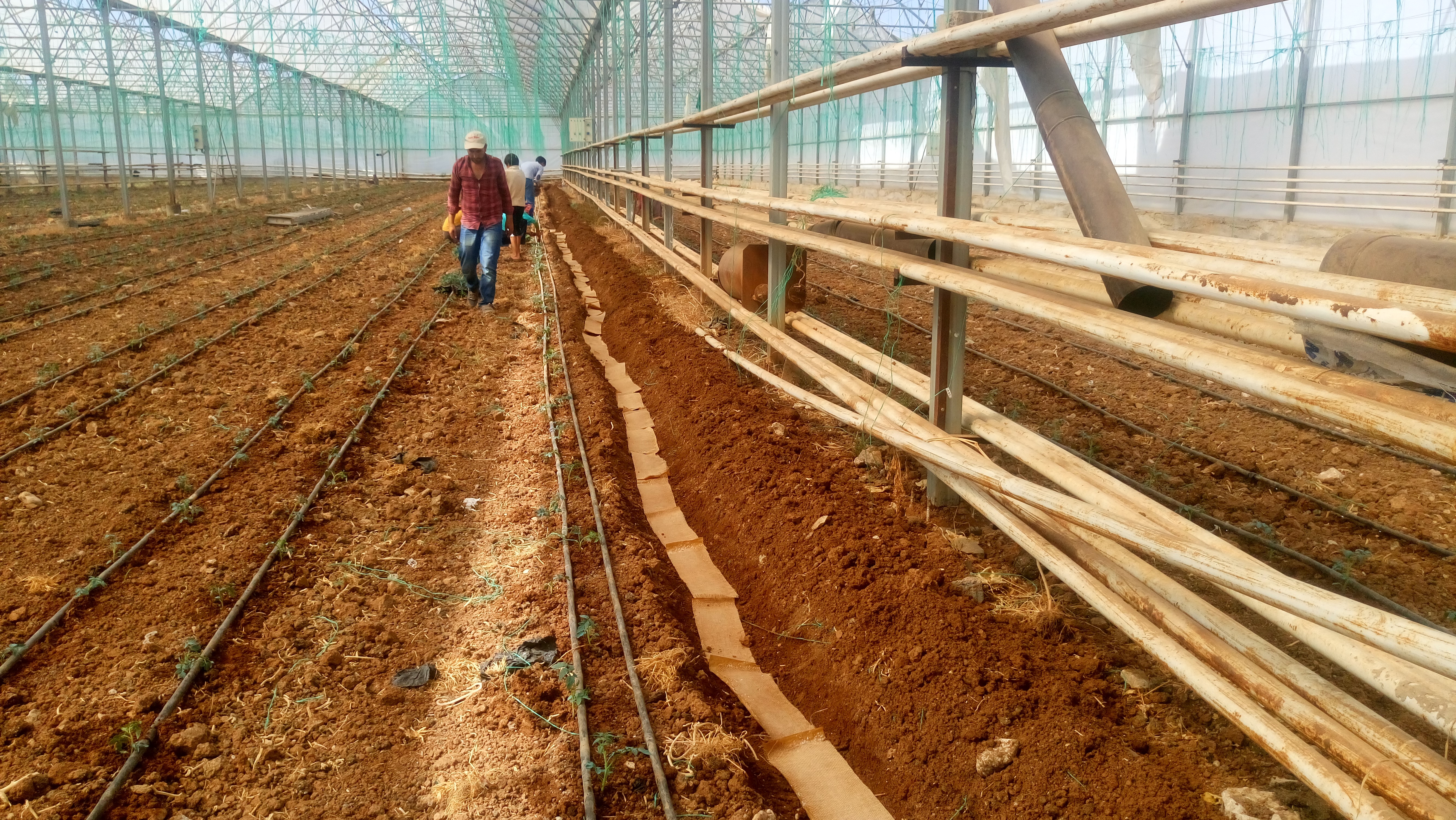
The water pads were used for egg plants growing on both cocopeat and perlite mediums under farmer conditions. Harran University detailed recordings of water application (amounts, pH, EC), drainage (amounts, pH and EC) and crop growth and yield (number of fruits, quality and weight). The results showed a 13% increase in yield whereas water application was reduced with 25%. When the normal irrigation deliveries were used yields and water productivity increased with 28%.
In green pepper result were similarly convincing: For both cocopeat and perlite trials the yields at 100% irrigation are 17% and 13% higher when using the waterpads. Impressively when using 25% less irrigation (and nutrients) the yields still show an increase of 7% and 11% as compared to the yields of 100% irrigation for both sub strata.
This case is prepared as part of the Water-PiP (Water Productivity in Practice) Program. Water-PIP aims to support a 25% water productivity on the ground. For ideas and suggestions on improved water productivity, please contact t.uyttendaele@un-ihe.org or lknoop@metameta.nl
